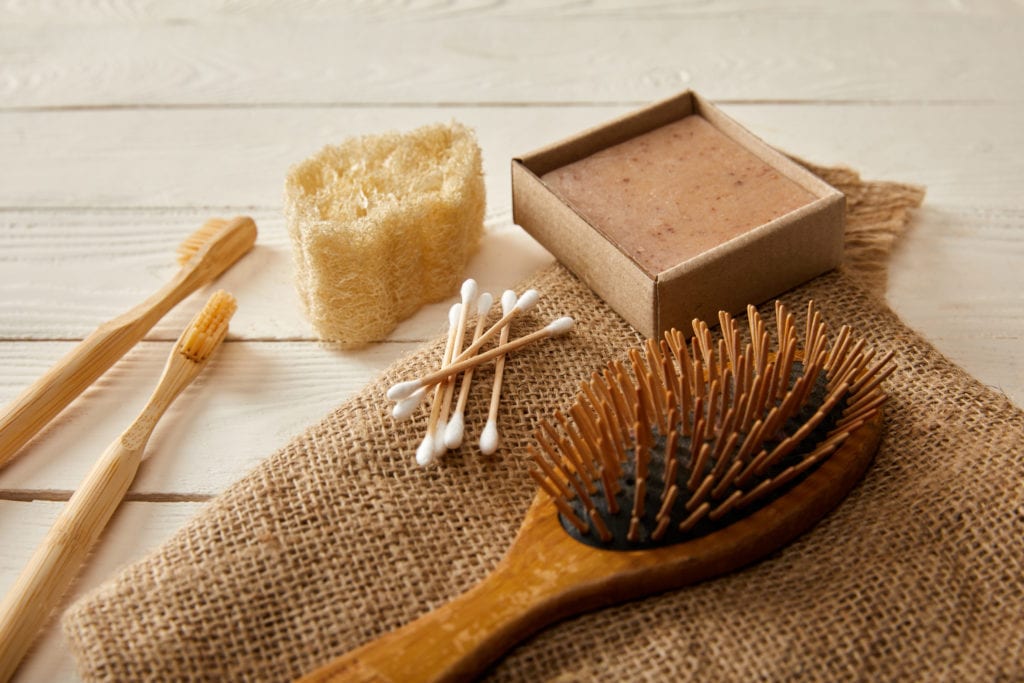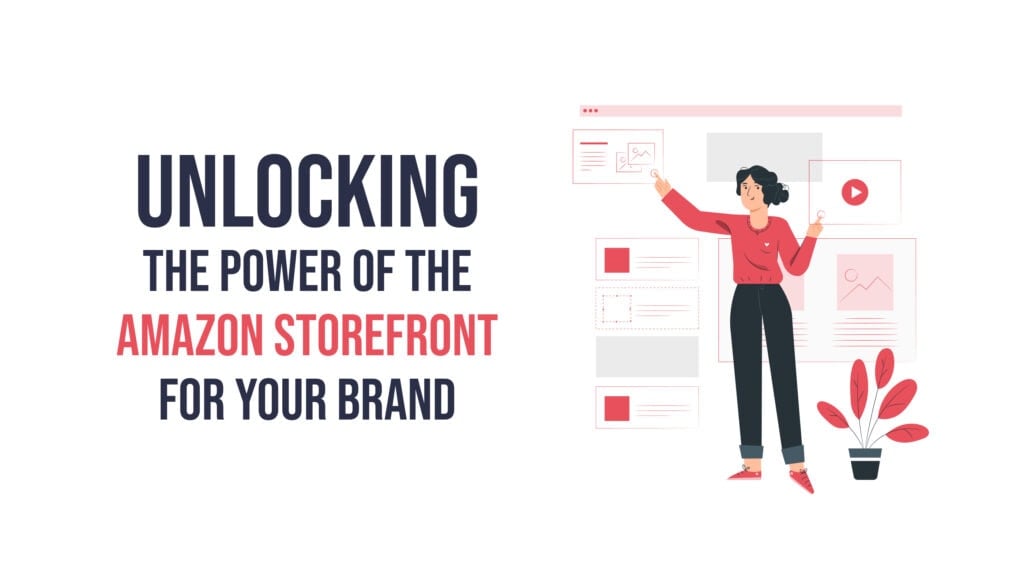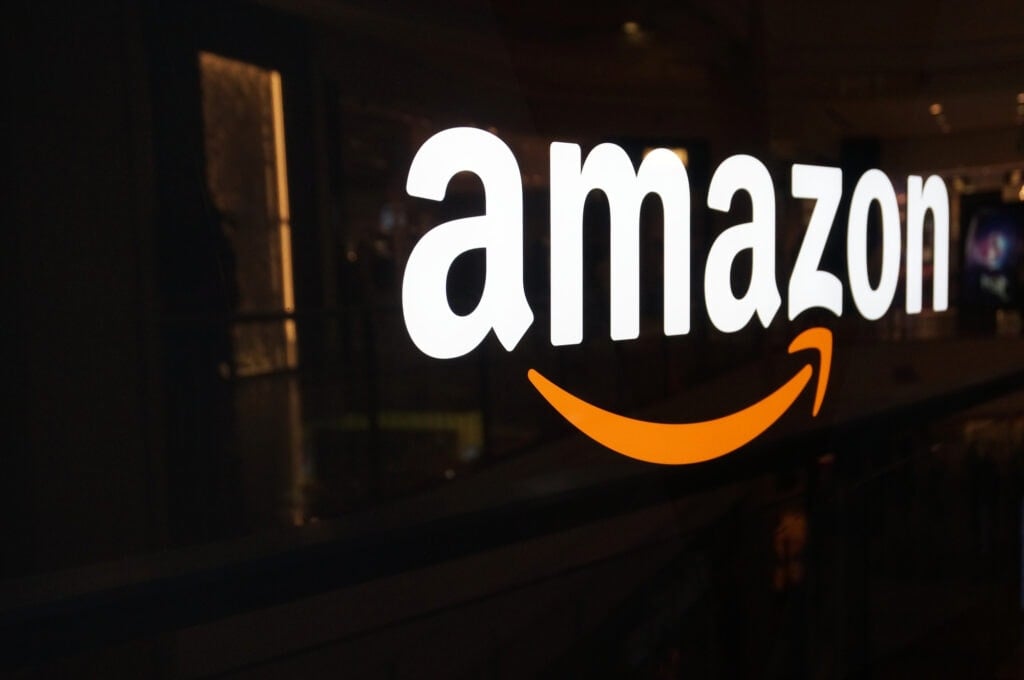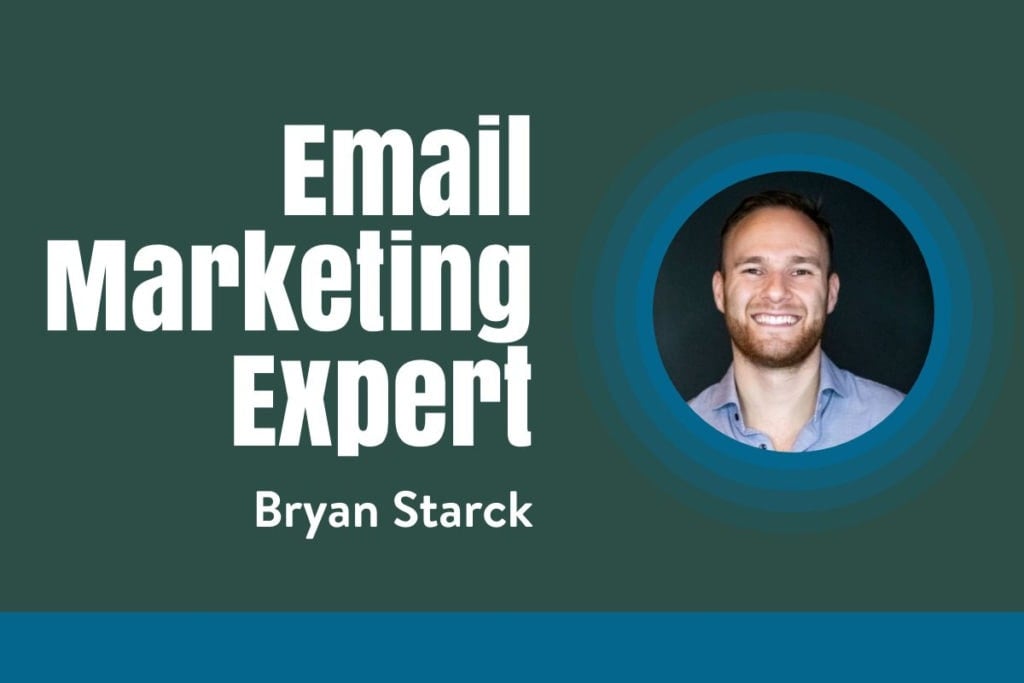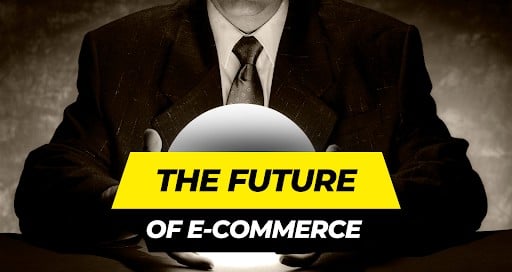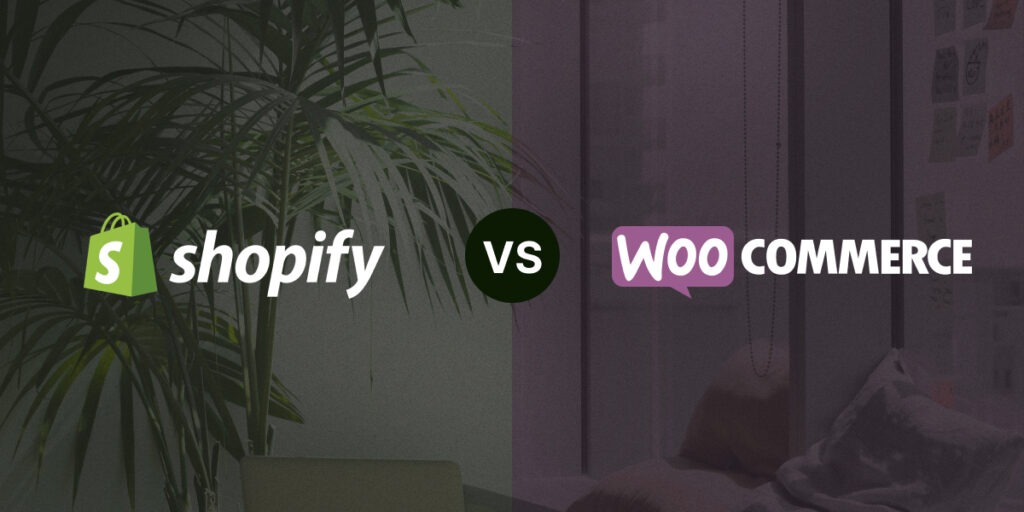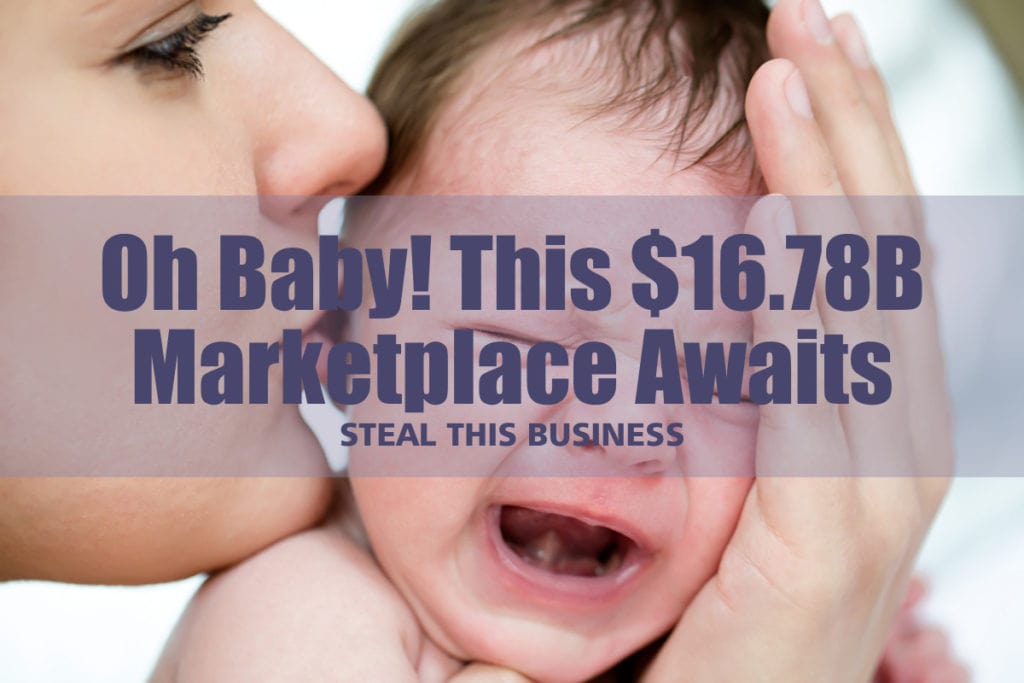Build a 7- or 8-Figure Business in the Reusable Product Industry
Why reusable products? Because it’s time for an entrepreneur to rise to the challenge of overstuffed landfills, and capitalism rewards problem solvers.
The amount of municipal solid waste—aka garbage—produced in the United States annually equates to 4.9 pounds per person per day. For those of you who prefer bigger numbers, that's 292.4 million tons filling landfills each year.
Of course, some of this trash does get recycled, but a mere fraction. The US only recovers 69 million tons for recycling, leaving over 223 million tons in your local landfill or, even worse, the ocean. Some cities have abandoned local curbside recycling programs altogether due to rising costs. To further complicate the situation, only 33% of 18-29-year-olds always recycle. People understand the importance of recycling, but they are less likely to participate when it's not readily accessible.
What will happen if the US continues tossing out single-use trash at this rate? Simple—the country runs out of space. Landfills have already begun to disappear. The number of landfills has decreased continually since 1990. Some experts even speculate many landfills could reach capacity by 2036.
The Sustainable Business of Reusable Products
What's the best way to prevent overflowing landfills? Replacing single-use products with reusable options. As it turns out, consumers are also on the market for newer and better sustainable products.
Years ago, many brands questioned whether consumers would pay higher prices for eco-friendly, reusable products. Many delayed changing their business model in fear of losing their core audience. However, research shows most shoppers will happily shell out a bit more cash in favor of helping the environment. How big is the demand? Let's just say that sustainable products fueled 50% of CPG growth across ALL markets in the past five years alone.
And there's no evidence of the trend slowing down anytime soon.
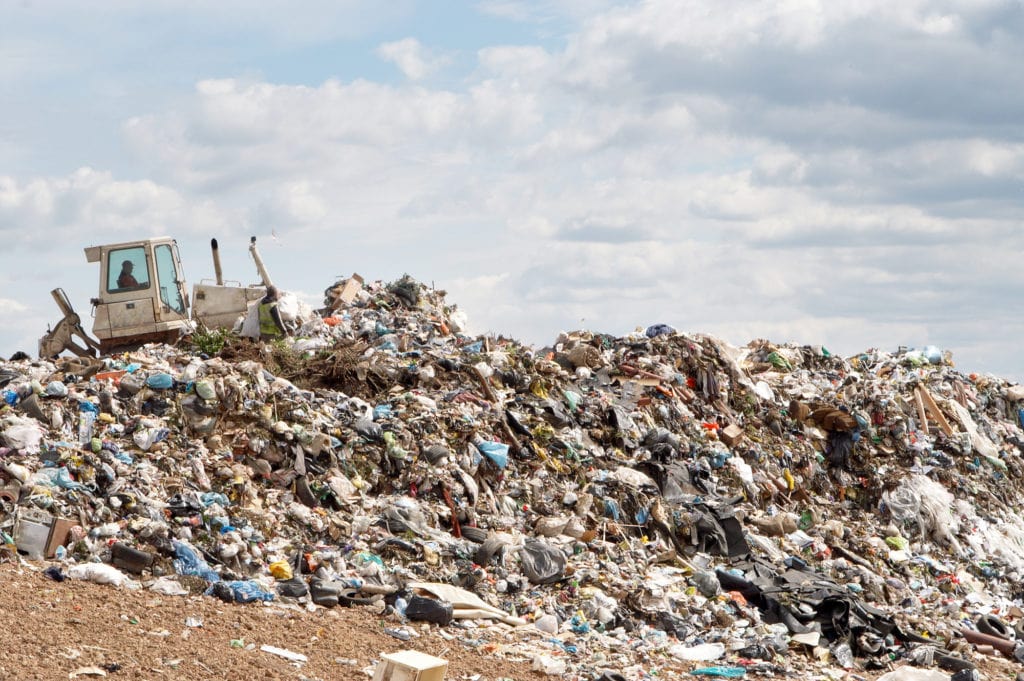
A 2020 study by IBM and the National Retail Federation revealed 70% of consumers believe buying eco-friendly goods is important. Respondents even said they actively seek out sustainable brands and will gladly pay a premium for these products.
How much is the reusable product market worth? Billions. Experts valued the global reusable water bottle market size at $8.1 billion. That staggering number only represents water bottles!
Consumers vote with their dollars and seek out brands that reflect their own values. But even though shoppers will pay higher prices for eco-friendly products, they also expect unbeatable quality in return. This is where an innovative entrepreneur like yourself can enter the game and deliver.
Want to serve others, save the environment, and build a 7- or 8-figure business? Get ready to take the reusable goods market by storm.
What Are Reusable Goods?
Reusable goods are just that—products you can use over and over again instead of tossing them into the trash. Think about plastic water bottles, for instance. They're a single-use product. After consuming the beverage, you just throw the bottle away. Consumers quickly saw how wasteful this product was, and brands stepped up to the plate. That's why you can find reusable water bottles everywhere.
Now, entering into the reusable goods market doesn't mean you need to start selling branded water bottles. It's a saturated niche already. (But if you have an innovative, never-before-seen bottle idea, go for it!) Instead, now is your opportunity to brainstorm other products in need of a reusable replacement.
Reusable Innovations for Every Industry
All industries can benefit from reusable goods. Every. Single. One. There's plenty of room for new brands to enter the scene. The beauty of capitalism means the most innovative products to solve our fellow humans’ problems will come out victorious.
Wonder where to begin? Here are some sustainable products already on the market:
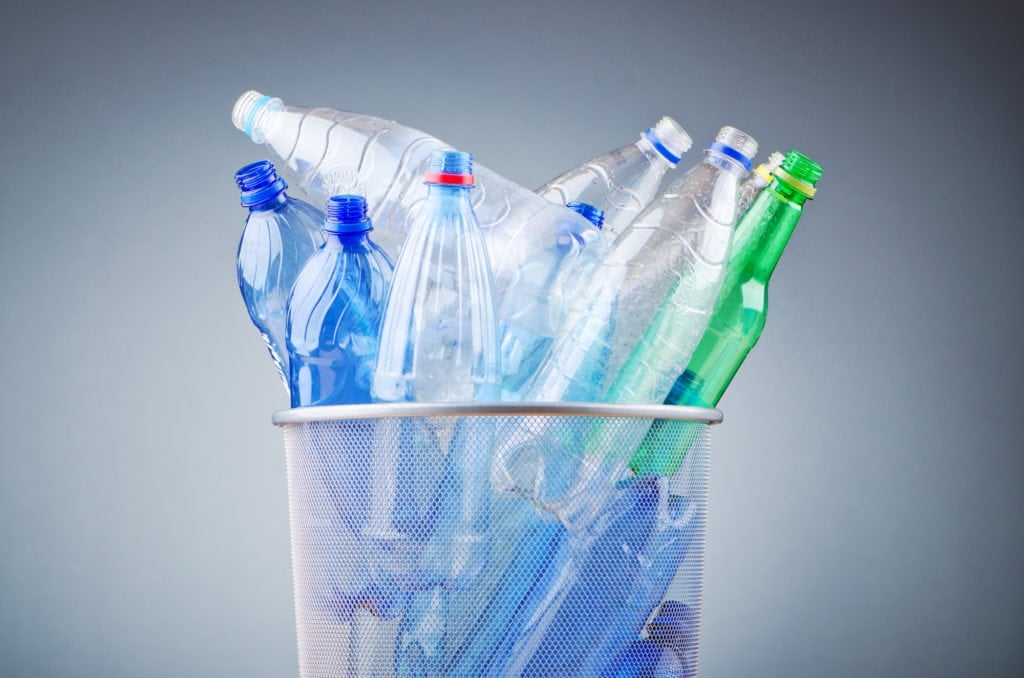
- Glass water bottles
- Cloth diapers
- Reusable freezer bags
- Shopping bags
- Silicone and glass straws
- Reusable kitchen towels
- Refillable K-cups
- Permanent coffee filters
- Dryer balls
- Glass storage containers
- Reusable makeup remover pads
- Menstrual cups and reusable sanitary napkins
There's nothing groundbreaking about these products. But they do give eco-conscious consumers a zero-waste alternative for everyday items. Best of all, anyone can market and sell similar products.
However, as an entrepreneur, you don't want just a sliver of the market—you want the whole pie. Now is the time to innovate. How can you improve upon these products? What features can you add that will make your brand stand out? Thinking outside the box and trying something different is how you grow a massive audience out of a seemingly simple product idea.
The LastSwab: Reusable Product Success Story
Is it actually possible to make a ton of money selling an everyday object? Absolutely. Take LastObject, for instance. This innovative brand exists with one goal in mind: create reusable items to replace single-use ones. What's one of their most popular innovations? A reusable Q-Tip appropriately called the LastSwab. That's right—a reusable swab to clean your ears.
Unlike traditional Q-Tips, it's possible to rinse and reuse the LastSwab several times. The company claims one LastSwab replaces 1,000 q-tips. Made from TPE and PP, the device is highly durable and surprisingly sanitary. It will set you back a reasonable $12.
But do people really want reusable Q-Tips? More than you would ever guess! Searches for LastSwab have grown by 4200% in the last five years alone. This one product boasts over 5,000 unique searches monthly, and all it does is remove earwax.

The 29-year-old founder, Isabel Aagaard, ran a Kickstarter campaign to raise funding for her invention. Initially, the brand set a modest goal of $14k, but it quickly gained momentum. The company ended up raising $772k for a reusable Q-Tip! To date, more than 19,900 backers have pledged funding for the LastSwab.
There is no limit to the product line LastObject could create. It hopes to continue introducing reusable household products to keep single-use plastic waste out of landfills and oceans. The brand recently launched several reusable items, including LastTissue (reusable tissues), LastRound (reusable makeup pads), and LastMask (reusable face masks).
Even More Room for Reusable Growth
The success of LastSwab may seem like a fluke, but according to market trends, it's what consumers want. Reusable products triumph over single-use plastics. The sustainable product market could reach $150 billion by the end of this year. Still not convinced? Consider these successful entrepreneurs:
• Sarah Dooley, the founder of Marley's Monsters, saw sales for her sustainable business triple from $250,000 in 2017 to $850,000 in 2018. What does Marley's Monsters sell precisely? Reusable flannel towels designed to replace single-use paper towels.
• Cloud Paper set out to create sustainable toilet paper out of fast-growing bamboo. The company even caught the eye of several well-known investors, including Mark Cuban. Do people really want to wipe their rears with bamboo? Yes, and during the pandemic, the company saw a 600% increase in sales.
• MakeUp Eraser makes it possible to remove a full face of cosmetics using only a reusable cloth and water. A single MakeUp Eraser replaces 3,600 makeup wipes. The brand started as an MLM, but today it's sold in major retailers, including Sephora and Ulta.
What do all these products have in common? They're improved versions of everyday objects. Think you can make a reusable version of a popular household item? Your innovation may be the next one on this list.
Growing a Sustainable Audience
Before you launch your reusable product, it's time to build brand recognition. No matter how amazing your product, it won't sell without an eager audience. Marketing is about to become your best friend. Here are some places to begin:
Social Media:
Creating a social media presence for your eco-friendly brand is a must. It's completely free to join the major social media platforms—you only have to pay to run advertisements. The first two platforms to consider are Instagram and Facebook.
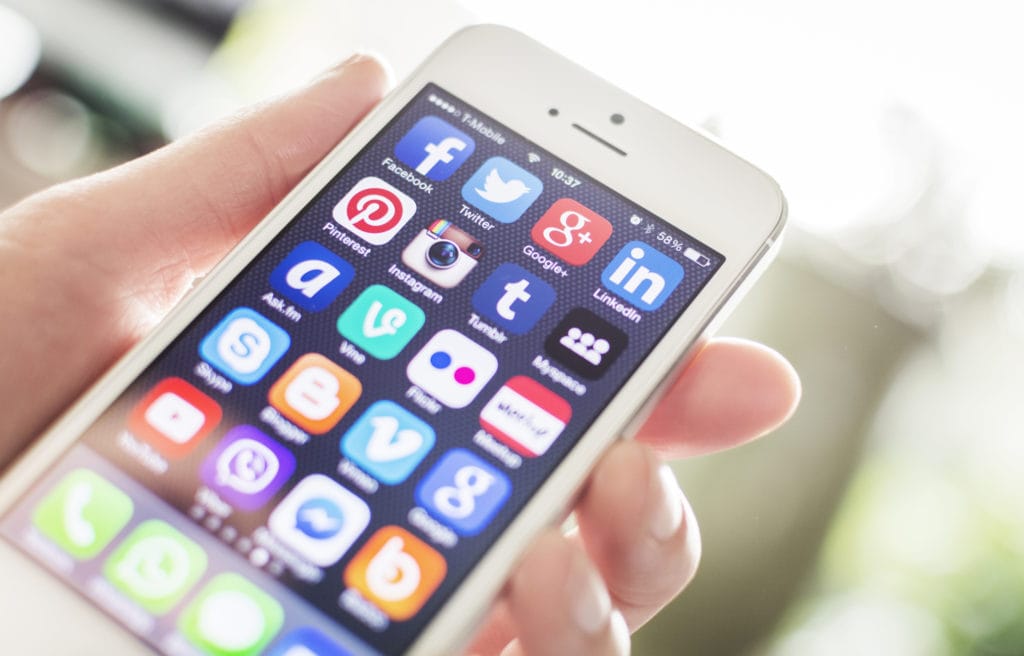
The next time you scroll through Instagram, pay attention to how many ads you stumble across. Are those ads random? Not quite. Instagram's algorithms display ads depending on the user's own preferences and habits. And it works. Over 130,000 million users tap on a shopping link each month in the app. Trying to sell a groundbreaking reusable product? Post your marketing content on Instagram, and it's sure to end on the right user's feed.
Regardless of all the recent controversies surrounding Facebook, it remains one of the most popular social media platforms. Furthermore, it's a prime place to grow brand awareness, especially if your target audience is a bit older. The silent generation (aka those over 65) is the fastest-growing demographic on Facebook. Many people in this age category want to switch to reusable products to reduce spending—saving the environment is an added bonus. Engaging on Facebook is simple with a free account, and setting up paid advertisements for targeted groups is also straightforward.
Influencers:
Video content consumption is at an all-time high. YouTube alone boasts over 2 billion monthly users and billions of daily views. And no, you don't have to become a video creator or even want to be behind a camera. Instead, team up with some influencers in the sustainable product niche to build brand awareness. Exploring Alternatives teaches its 1.67 million subscribers how to transform into a zero-waste, minimalist lifestyle.
There are influencers in every niche imaginable—you don't have to stick with only eco-friendly creators. For instance, LastObject sent out samples of LastSwab to beauty influencers in exchange for an honest review. Subscribers value the opinions of well-known influencers. If one of them mentions your reusable product in a video, it's sure to fly off the shelves on launch day.
Email List:
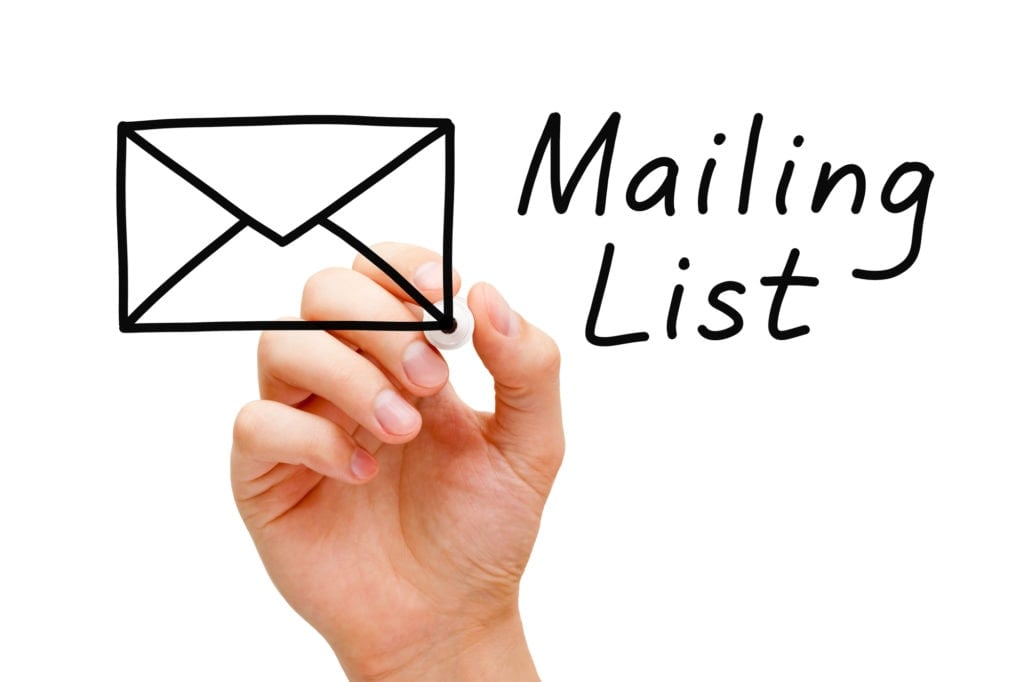
Never underestimate the value of an email list. Not everyone who stumbles across your product will buy it immediately. Lots of people wait until the time is just right. That's why you need an email list to stay in touch with your audience.
How can you entice people to share their email with you? Make sure it's easy for visitors to sign up for your list on every landing page. Offer an incentive to join. Free shipping, percentage-off coupons, and sneak-peeks help create FOMO. If you're new to the game, consider hosting a sweepstake. It's free to list giveaways on most sweepstakes websites. Giveaways are an effective way to grow your email list and create brand awareness.
Building your brand from the ground up takes time and perseverance. But once you grow your audience, sales will skyrocket. With consumers looking high and low for eco-friendly options, the marketplace wants to reward your innovation.
Recycle, Reuse, Reinvent
Do you want to make your mark in the reusable goods market? Now is the time to take the plunge. Consumer demand for sustainable products has never been higher. You don't need to look far for inspiration. Examine the most popular products—all you need is a vision to reinvent multi-use versions of single-use items.
As an entrepreneur, you find problems and come up with solutions. Imagine the satisfaction you'll get from reducing pollution while providing your audience with a high-quality alternative. All it takes is the right reusable product to become the next 7- or 8-figure success story. On your mark, get set, reuse!
